The Best Way To Learn Urdu
Take The Easy Path To Learn Urdu Language With The Ling App
Why Learn Urdu with Ling?
Discover The Easy Path To Hard Languages. Learn Urdu with Ling! The Urdu language, Pakistan’s national language, is a linguistically rich South Asian language waiting to be learned. Ling’s Urdu lessons feature extensive writing exercises, cutting-edge speaking technology, native speaker audio, and more. Whether you’re keen on how to speak Urdu, learn to read Urdu, explore Urdu writing, or the Urdu alphabet, Ling is the perfect language-learning companion to make it easy!
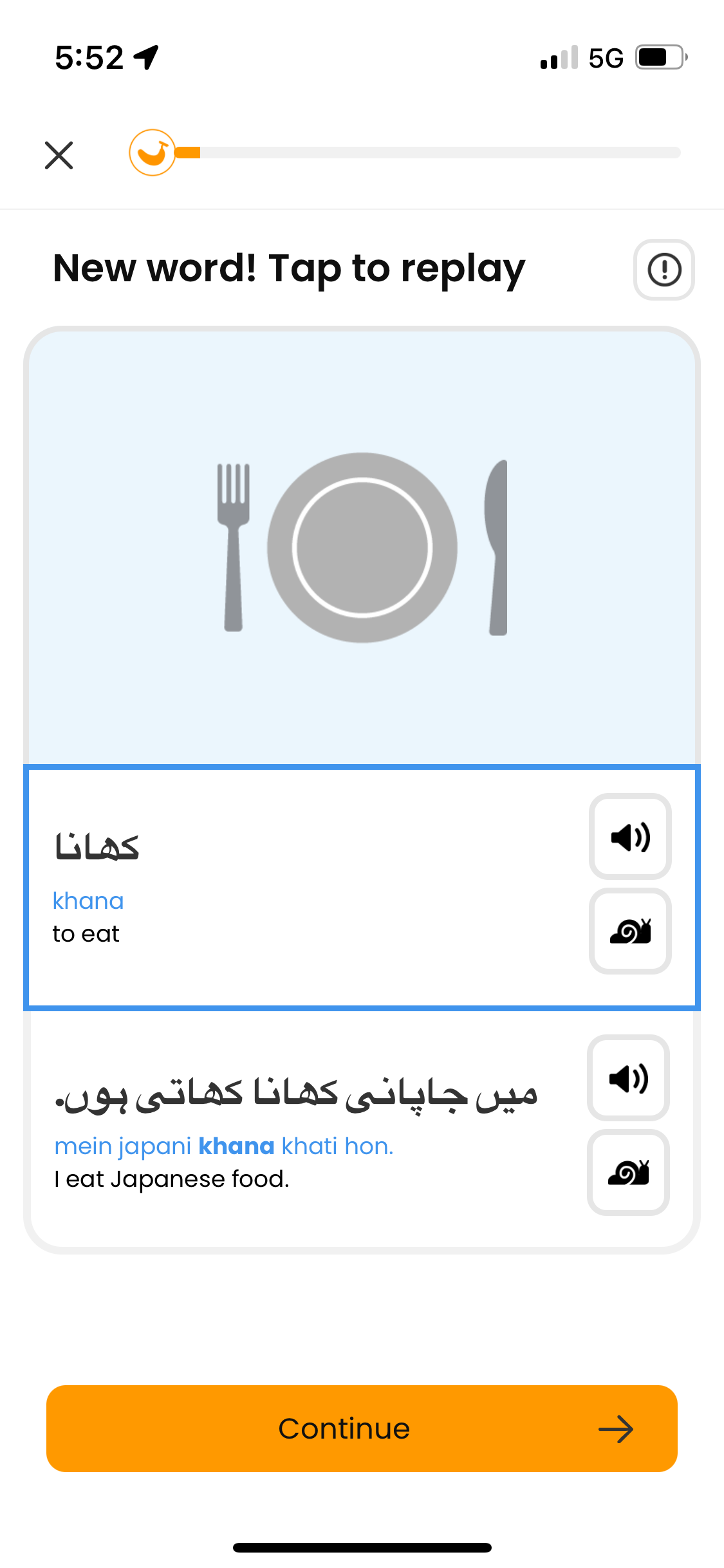
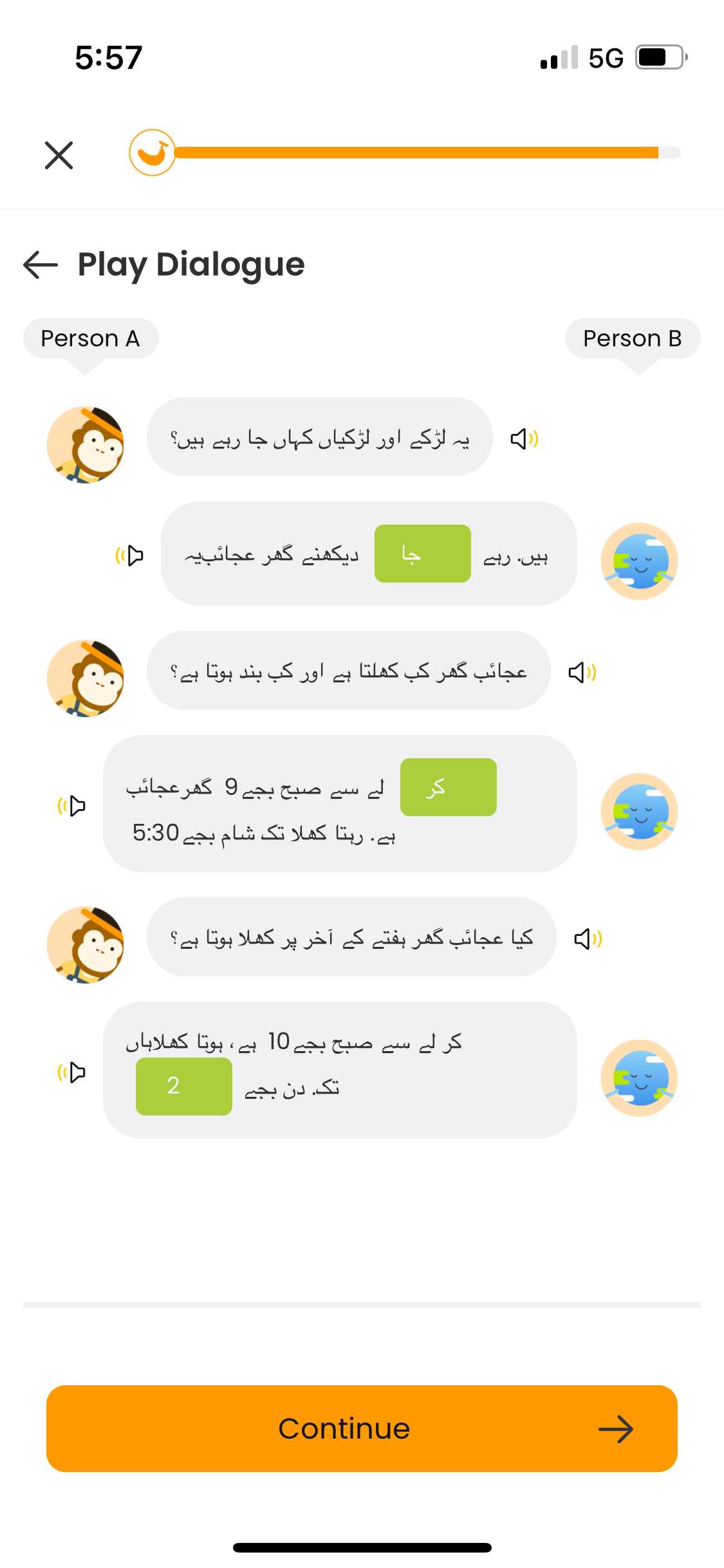
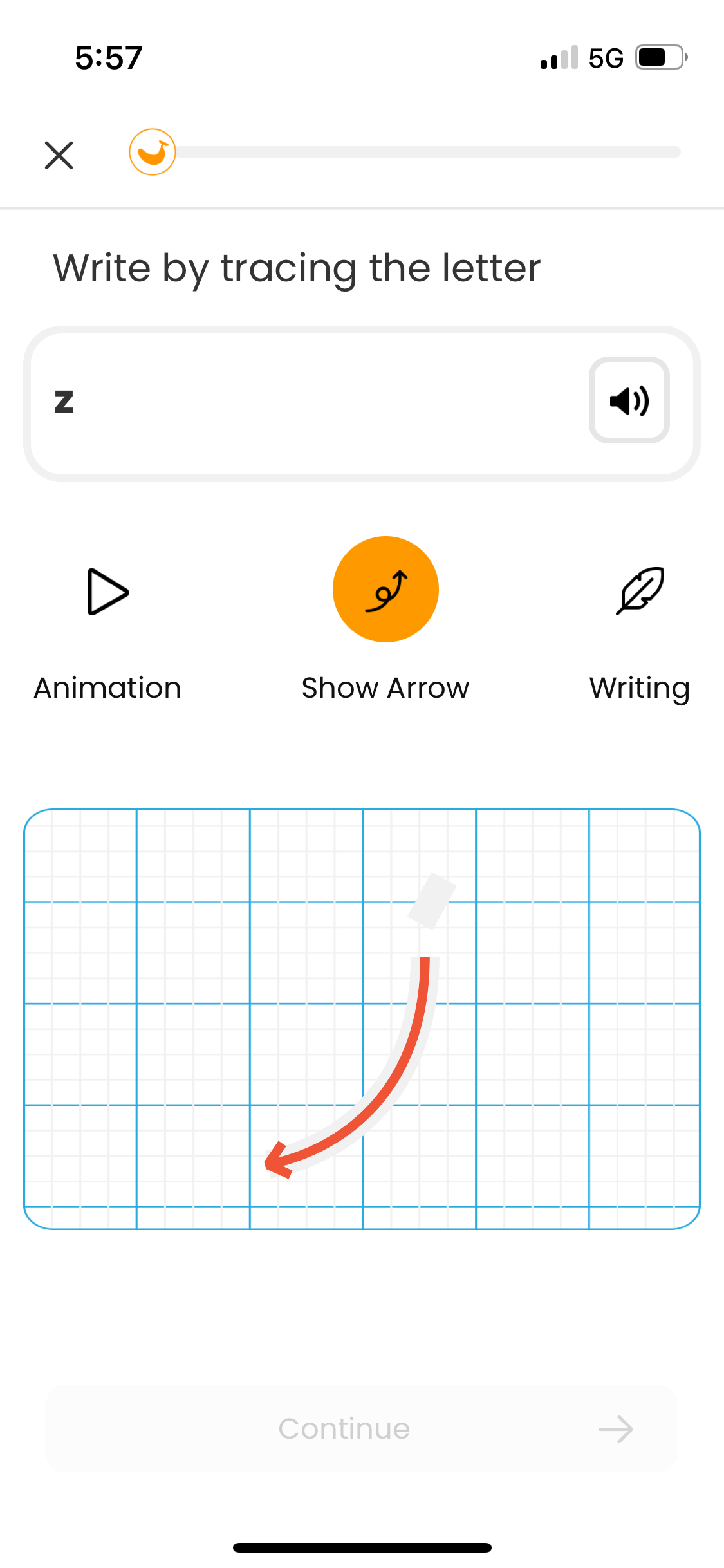
Quick Urdu Must-Knows
Want to know more about the language in Pakistan? Here are some must-knows!
Number of Speakers: 230 million
Official or National Language of: Pakistan (also spoken in India, Nepal, South Africa, Afghanistan, UK, Saudi Arabia, and Bangladesh)
Region: South Asia
Language Family: Indo-European, Hindustani
Writing System: Modified version of the Arabic script (Perso-Arabic), right-to-left
Tonal or Non-tonal Language: Non-tonal, syllable-timed
Basic Word Order: Subject-Object-Verb (SOV)
Fun Urdu Language Facts
1
Language of Bollywood:
Urdu has had a huge influence on Bollywood cinema. Many dialogues, song lyrics, and even movie titles are in Urdu or heavily borrowed from Urdu vocabulary. This influence has helped spread Urdu’s popularity among diverse audiences within and outside South Asia.
2
Language of Sufism:
Urdu has deep ties to Sufism, a mystical form of Islam emphasizing the inward search for God and love. Sufi poetry, often written in Urdu, explores spiritual themes and has been instrumental in promoting tolerance, unity, and understanding across South Asia.
3
Importance in Literature:
Urdu literature has a rich and diverse tradition dating back centuries. It can be found in genres such as poetry, prose, drama, and novels. Many prominent Urdu literary works have been recognized globally, speaking to the language’s depth and cultural significance.
Did You Know This About Pakistan?
Home to the Second Highest Mountain: Pakistan is home to some of the world’s highest mountain peaks, including K2, the second-highest mountain on Earth after Mount Everest. K2 is located in the Karakoram Range, which is part of the greater Himalayas.
Has One of the Largest Salt Mines: Pakistan is home to the Khewra Salt Mine, one of the world’s largest salt mines and a significant tourist attraction. Located in the Punjab province, the mine has been in operation for centuries and produces pink Himalayan salt, which is known for its health benefits and culinary uses.
Survival Urdu Vocabulary and Phrases
Ever wondered how to say hello in Urdu? How about I love you in Urdu? Now you can! Ling has some survival Urdu words and phrases so you can talk with Pakistani locals with confidence! For more, check out the best app to learn Urdu easily – Ling!
The Easy Path Philosophy
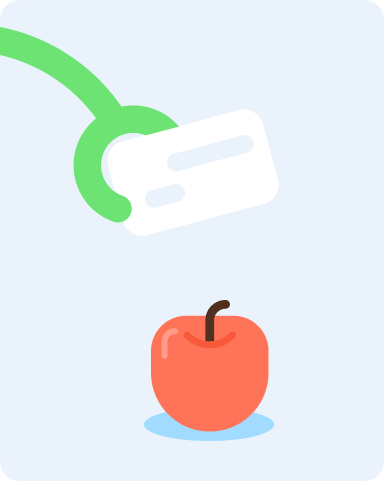

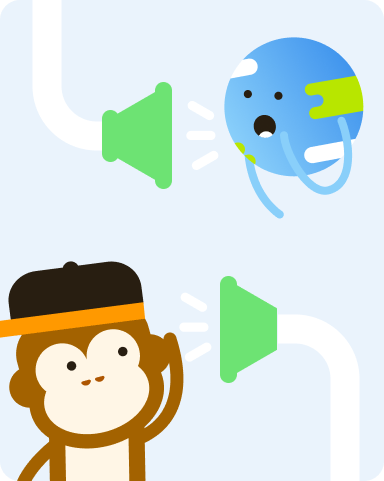

2 minutes to...
Learn new words and how to use them in a sentence.
3 minutes to...
Review vocabulary from current and past lessons with a variety of reinforced gamification techniques.
5 minutes to...
Listen and learn from natives through a conversation taken from a real-life context between 2 people.
And more...
Explore grammar-specific lessons, review features, and culture notes.
Kudos From Our Learners
Frequently asked questions about learning Urdu
Learning Urdu will be easier if your native language is similar to the family of Indo-Aryan, Indo-European, and Hindustani languages. However, learning Urdu might be more difficult for native Chinese, English, and Russian speakers.
Here are some essential points to keep in mind as you’re learning Urdu:
-
Grammar: Urdu has grammatical genders for nouns, mainly masculine and feminine. Sentence structure also follows subject-object-verb (SOV) word order.
-
Vocabulary: Urdu shares many cognates from Arabic and Persian words. The language is also similar to Punjabi, Turkish, Sanskrit, and Hindi. It’s better to start learning the Urdu vocabulary in its most basic form, the infinitive. You should also understand the three tiers of politeness called "ādāb."
-
Speaking/Listening: Urdu has three official dialects: Dakhni, Dhakaiya, and Rekhta.
-
Reading/Writing: The Urdu writing system goes from right to left, with modifications from the Arabic and Persian alphabets.
If you’re having trouble learning Urdu vocabulary, try using a different technique when studying. There are so many free language platforms these days that promise fluency. However, you must test which study methods work best for you.
Here are some tips on how to learn Urdu faster:
- Find a good learning resource with relevant vocabulary and practical speaking and listening exercises.
- Watch Bollywood movies to learn more about India and Pakistan’s Urdu language, history, and culture.
- Practice with native Urdu speakers (there are plenty of social media groups and online communities you can join to meet people)
- Watch YouTube videos and podcasts in Urdu to get familiar with the sound of the language.
- Create a comfortable study space and limit distractions.
- Use the Ling app to improve your reading, speaking, writing, listening, and grammar skills.
Learning Urdu online can offer you a flexible and convenient experience. Consider using a language learning app like Ling for structured Urdu lessons and gamified exercises. Eventually, after getting familiar with enough words and phrases in Urdu, you can learn how to speak in Urdu with tutors who can provide personalized guidance.
You can also leverage resources such as YouTube video lessons to enhance your understanding of Urdu grammar, vocabulary, and pronunciation. This will also help you start immersing yourself in the language. Eventually, you can begin watching Urdu movies and series or read PDF books in Urdu. Doing so will expose you to comprehend the culture deeply, which will help you get familiar with the Urdu language faster.
In addition, you can engage in social media groups to find a community of Urdu learners and explore language exchange platforms to have real-life conversations with native speakers to improve your speaking skills.
As you can see, there are many resources to learn Urdu online. But it all comes down to how much motivation you have. Language acquisition is a journey that requires a lot of passion and dedication. Use the right tools, set clear goals, practice consistently, and keep track of your progress.
Language learning is a gradual, fulfilling process. It might take several months to a few years for most individuals who consistently study Urdu.
The time it takes to become fluent in Urdu, or any language for that matter, can vary widely depending on several factors:
-
Previous Language Learning Experience: If you speak languages similar to Urdu or have experience learning languages, you might pick up Urdu more quickly.
-
Learning Environment: Immersing in an environment where Urdu is spoken regularly can ease learning. Surround yourself with native Urdu speakers to improve faster, including your listening skills.
-
Resources and Methods: The quality of your chosen language resources, such as textbooks or language apps, and your learning methods can impact your progress.
-
Motivation and Consistency: Staying motivated and consistent in your language learning efforts is essential. Practice Urdu vocabulary regularly to see results.
So, if you are wondering the best way to learn Urdu, the answer lies in how you set your goals and plan to achieve them.
The Ling app lets you engage in meaningful learning despite your busy schedule. This app allows you to learn and retain vocabulary through fun games, quizzes, and flashcards! All you have to do is dedicate at least 10–15 minutes per day.
Dedication is the key. Complete the app’s lessons, practice daily or as much as possible with native speakers, immerse yourself in the culture, and enjoy your Urdu learning journey. Soon, you will start seeing improvements!
Absolutely! With approximately 68 million native speakers, Urdu is the 11th most spoken language globally, the 22nd official language of India, and one of Pakistan’s official languages.
Here are some other reasons to learn Urdu:
- Provides great insight into the language’s history
Learning history gives us a window into how languages emerged. Although India and Pakistan have split since their 1947 independence from England, you’ll still notice similarities and differences between Urdu native speakers who live in India and Pakistan.
If you love languages, you should understand how history has influenced and affected their script, pronunciation, and vocabulary. - Watch great movies and read literature to get to know their way of life
Just like everyone else, Urdu speakers love producing and watching movies! In fact, Bollywood is one of the largest movie producers in the world. - Open your eyes to languages similar to Urdu
Urdu is a great place to start when it comes to learning various other languages, like Hindi, Persian, and Punjabi!